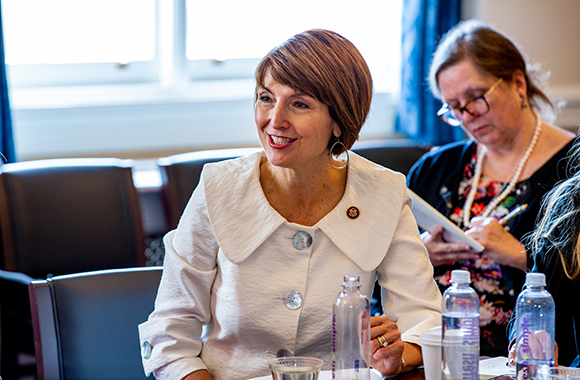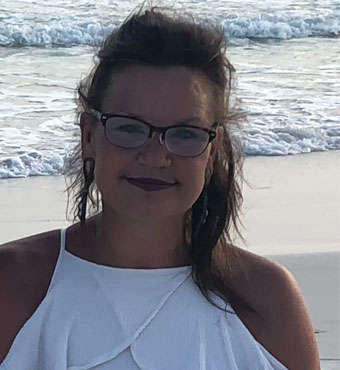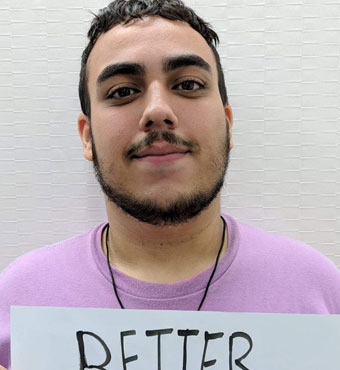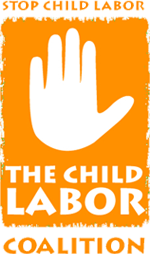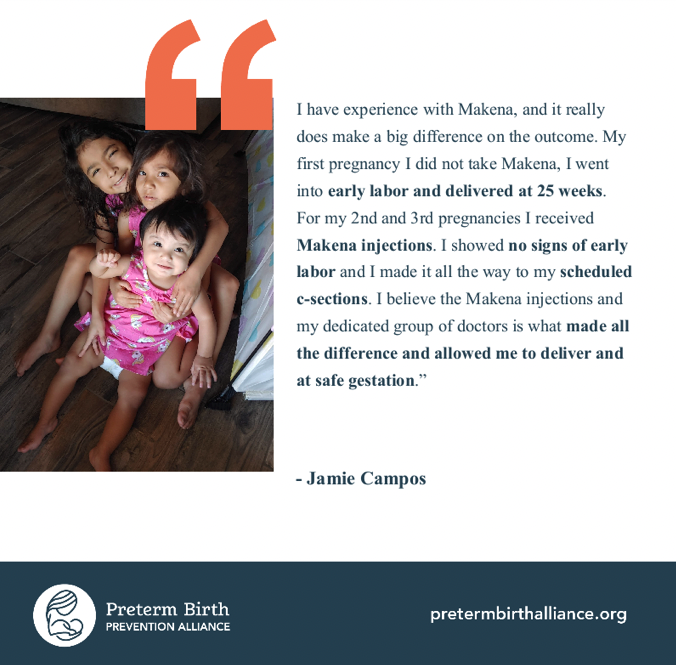It’s time to care about obesity care
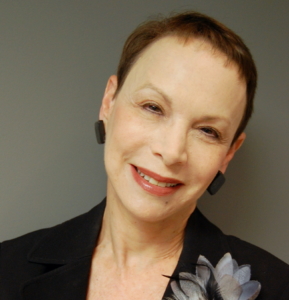 By Nancy Glick, Director of Food and Nutrition Policy
By Nancy Glick, Director of Food and Nutrition Policy
Every year, the calendar is full of national health observances – special months, weeks and days that raise awareness of serious diseases and health issues. While all are valuable to advance the health of the Americans, Obesity Care Week taking place March 4-8 is especially significant.
Why? Because even though the adult obesity rate now exceeds 42 percent – the highest level ever recorded – obesity is still viewed as a problem of lack of willpower, too many health professionals act in discriminatory ways based on people’s size, and those seeking obesity care often face exclusions in insurance plans or restrictive practices that delay or deny treatment.
The consequence is that that only 10 percent of people with obesity get help from medical professionals, meaning the disease remains largely undiagnosed and undertreated.
It doesn’t have to be this way. There are a variety of safe and effective treatment options. And medical societies, including the American Medical Association (AMA), agree that obesity is a complex disease requiring ongoing quality care. The key is for society – including health professionals, insurers and policymakers – to care about obesity and agree that treatment matters. Here are the reasons why.
- Obesity Is the Most Widespread Chronic Disease – Compared to other chronic diseases, obesity impacts the greatest number of Americans. For example, while four in ten adults has obesity, one in 20 has coronary artery disease and 3 million have diabetes (compared to over 100 million with obesity).
- Obesity Worsens the Complications of Other Chronic Diseases – Obesity is not only a serious chronic disease. It is also a “co-morbid condition” for more than 230 chronic diseases – meaning that as the amount of excess weight increases, these other diseases worsen in severity. Due to this direct link between obesity and chronic disease, as many as 400,000 Americans die from obesity every year in the U.S. This makes obesity the second leading cause of preventable death after tobacco.
- Obesity Is a Matter of Health Equity – Due to higher rates of obesity among communities of color, Black adults are 1.5 times as likely to experience stroke, 40 percent are more likely to have high blood pressure and 60 percent are more likely to have diabetes than White adults. Additionally, Hispanics are 1.7 times more likely to have diabetes than Whites, Asian Americans are 40 percent more likely to be diagnosed with diabetes, and Native Hawaiians/Pacific Islanders are 2.5 times more likely to have diabetes and 3.9 times as likely to experience a stroke.
- Everyone Pays the Price for Untreated Obesity – In terms of dollars spent on medical care, lost wages, absenteeism, lost productivity and other expenditures, the cost of obesity is much too high. The latest estimate for the national cost of obesity in direct and indirect expenditures is $1.72 trillion a year – more than what Social Security paid in retirement benefits in 2022.
- Treating Obesity Improves Health Outcomes – There is substantial evidence that even a modest weight loss (a drop of 5-10 percent) produces significant health improvements when a person has obesity. For example, losing 5-10 percent of one’s body weight lowers triglycerides (fat-like particles in the blood) by 20 percent and significantly reduces the so-called “bad” LDL cholesterol that causes plaque buildup in the arteries. Moreover, for adults with type 2 diabetes, fasting glucose and A1c levels start to improve with a 2.5 percent weight reduction and with a 15 to 20 percent weight loss, it is possible to put type 2 diabetes into remission.
It is long past time for health professionals, employers, insurers, policymakers and the American public to care about obesity and work collectively to break down the barriers that prevent people from accessing proper care and treatment. This is the purpose of Obesity Care Week – to shine a light on a disease that no one has wanted to talk or think about and shift the way society views obesity and treats the disease.
Obesity Care Week is also an opportunity to call attention to the first Obesity Bill of Rights for the nation, developed by NCL and the National Council on Aging in consultation with leading obesity specialists and issued in January 2024. Starting with the recognition that obesity is a treatable disease, the Obesity Bill of Rights establishes eight essential rights so adults will receive the same level of attention and care as those with other chronic conditions and have access to all treatments deemed appropriate by their health providers. Now is the time to advance changes in federal, state, and employer policies that will ensure these rights are incorporated into medical practice.
More information about the Obesity Bill of Rights is available at: www.right2obesitycare.org.




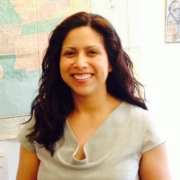
 By NCL Director of Health Policy Jeanette Contreras
By NCL Director of Health Policy Jeanette Contreras
 By NCL Health Policy Associate Milena Berhane
By NCL Health Policy Associate Milena Berhane